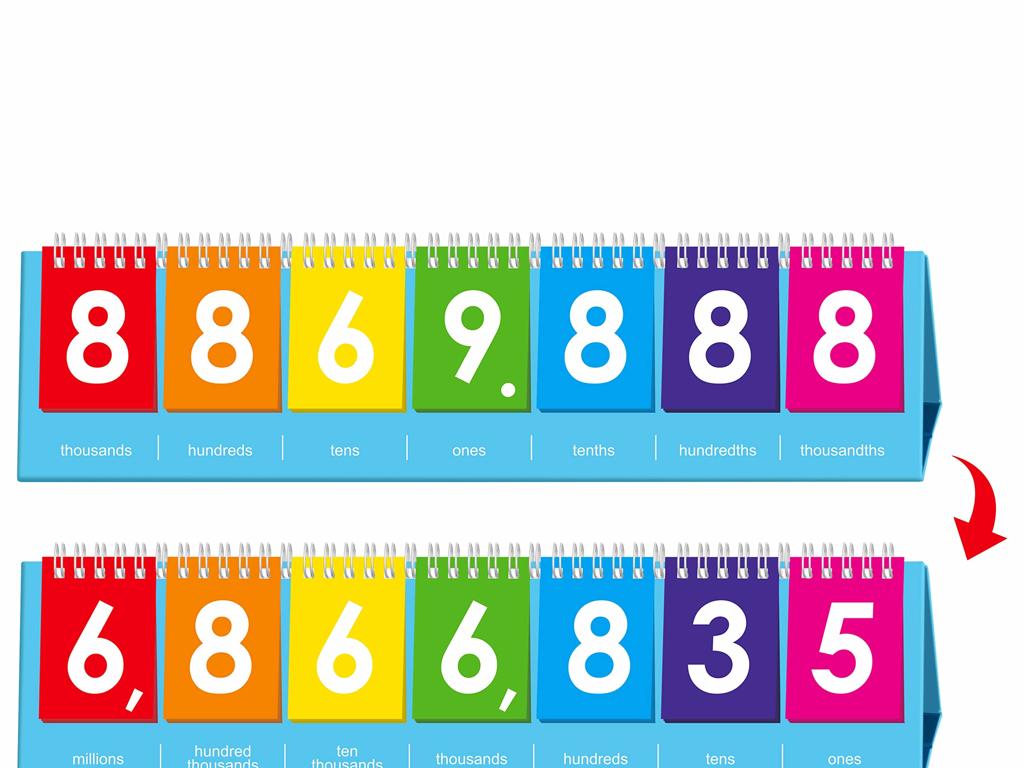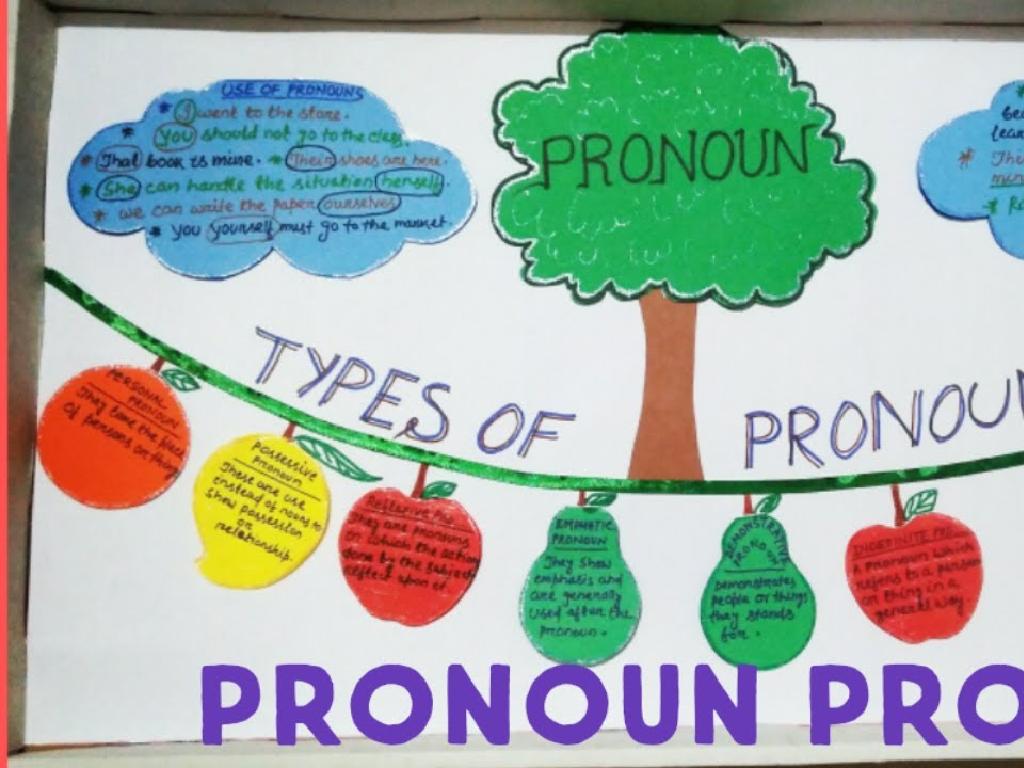Start Here
Subject: Arts and humanities
Grade: High school
Topic: Art History
Please LOG IN to download the presentation. Access is available to registered users only.
View More Content
Introduction to Art History
– Welcome to the world of Art History!
– Explore the timeline of art movements
– From prehistoric to contemporary art, see how styles evolved over time.
– Art as a reflection of society
– Consider how historical events and societal norms are depicted in art.
– Art’s influence on cultural shifts
– Discuss how art can inspire change and represent cultural dynamics.
|
This slide introduces students to Art History, setting the stage for a journey through the evolution of art and its role in society. Begin with a warm welcome to spark interest and then delve into the chronological progression of art movements, highlighting key periods and styles. Discuss how art serves as a mirror to society, reflecting historical contexts, social issues, and cultural values. Moreover, consider how art has the power to influence and shape societal attitudes and cultural developments. Encourage students to think critically about the art they encounter in their daily lives and the historical significance behind it.
From Prehistoric to Ancient Art
– Earliest art forms exploration
– Discover art from before written history, like cave drawings and carvings.
– Cave paintings & sculptures significance
– Understand the cultural and historical importance of these ancient artworks.
– Transition to ancient civilizations
– Learn how art evolved as societies shifted from prehistoric to ancient times.
|
This slide aims to introduce students to the dawn of human creativity, highlighting the earliest forms of art created by prehistoric people. Focus on the significance of cave paintings and ancient sculptures, which provide insight into the daily lives, beliefs, and values of early humans. Discuss how these forms of expression laid the foundation for the development of art in ancient civilizations. Encourage students to consider the continuity and change in artistic methods and purposes as societies became more complex. Provide examples like the Lascaux Cave paintings and the Venus of Willendorf to illustrate prehistoric art. Then, transition to discussing ancient civilizations like Egypt and Mesopotamia, where art played a significant role in religion and society.
From Classical to Medieval Art
– Rise of Classical art in Greece & Rome
– Focused on humanism, proportion, and naturalism.
– Characteristics of Medieval art
– Symbolic, religious themes, less focus on realism.
– Gothic architecture’s influence
– Pointed arches, ribbed vaults, and flying buttresses.
– Art evolution during Middle Ages
– Transition from flat, symbolic to more naturalistic styles.
|
This slide explores the transition from Classical to Medieval Art, highlighting the significant changes in style, themes, and techniques. Classical art, known for its emphasis on humanism and realistic proportions, laid the foundation for Western art. As we moved into the Medieval period, art became more symbolic and religious, often serving didactic purposes. Gothic architecture emerged with its distinctive structural elements like pointed arches, which were both functional and aesthetic. Throughout the Middle Ages, art evolved significantly, setting the stage for the Renaissance. Encourage students to compare and contrast the styles and to consider how historical context influenced artistic developments.
Exploring Renaissance Art
– Renaissance: A cultural rebirth
– Revival of Greek and Roman art, philosophy, and values
– Influential artists of the era
– Leonardo da Vinci: ‘Mona Lisa’, Michelangelo: ‘David’, Raphael: ‘School of Athens’
– Techniques that defined Renaissance art
– Use of perspective, chiaroscuro, and sfumato to create realism
– Humanism’s impact on art
– Emphasis on human potential and experience in art
|
This slide introduces students to the Renaissance period, a pivotal era in art history known for its revival of classical antiquity and the emergence of humanism. Highlight key figures like Leonardo da Vinci, Michelangelo, and Raphael, who were instrumental in advancing art through innovative techniques. Discuss how the use of perspective created depth, chiaroscuro brought out contrasts, and sfumato blurred lines for realism. Explain humanism as a movement that placed humans at the center of the universe, greatly influencing the subject matter and portrayal of figures in art. Encourage students to explore how these elements combined to form the unique aesthetic of Renaissance art.
From Baroque to Romanticism: Artistic Evolution
– Baroque art’s dramatic flair
– Baroque art is known for its grandeur, tension, and elaborate decorations.
– Romanticism: Emotion and nature
– Romanticism focused on emotional intensity, glorifying nature and individualism.
– Comparing artistic styles
– Analyze the differences in technique, composition, and use of color.
– Themes across eras
– Explore how themes of power, passion, and the sublime are expressed differently.
|
This slide aims to highlight the transition from the grandiose and theatrical elements of Baroque art to the emotional depth and appreciation of nature found in Romanticism. Students should understand the Baroque’s emphasis on movement, contrast, and detail, as well as Romanticism’s focus on the individual experience and the natural world. Encourage students to think critically about how historical context influenced these styles and to identify common themes such as power and passion that are interpreted differently across the two periods. Provide examples like Bernini’s ‘Ecstasy of Saint Teresa’ for Baroque and Caspar David Friedrich’s ‘Wanderer above the Sea of Fog’ for Romanticism to illustrate these points.
Modern Art Movements Overview
– Impressionism & Cubism: Tradition Shifters
– Impressionism used light & color uniquely, while Cubism fragmented objects into geometric forms.
– Abstract Art: The Pioneers
– Artists like Kandinsky and Mondrian redefined art as non-representational forms.
– Modern to Contemporary Art Evolution
– Modern art’s experimentation influenced the diverse practices in contemporary art.
– Impact on Today’s Artistic Expressions
– Modern art’s legacy is evident in digital art, installations, and conceptual art.
|
This slide introduces students to the transformative phases of modern art, beginning with the break from traditional art forms through movements like Impressionism and Cubism. These movements challenged the way art represented reality. The rise of Abstract art further pushed boundaries by moving away from representational art to focus on shapes, colors, and forms. This evolution set the stage for contemporary art, which encompasses a wide range of expressions and mediums, reflecting the ongoing impact of modern art movements. Encourage students to explore how these movements have influenced current art forms and to consider the ongoing evolution of artistic expression.
Contemporary Art: A Modern Perspective
– Postmodernism and conceptual art
– Postmodernism rejects grand narratives; conceptual art emphasizes ideas over form.
– Technology’s influence on art
– Digital art, 3D printing, and AI are reshaping artistic creation and distribution.
– Current trends in art
– Street art, digital media, and interactive installations are gaining popularity.
– Predicting art’s future
– Sustainability, inclusivity, and digital mediums are likely to shape future art.
|
This slide aims to provide students with an understanding of contemporary art by examining postmodernism and conceptual art, which challenge traditional aesthetics and focus on the idea behind the artwork. Discuss how technology, such as digital tools and the internet, has expanded the possibilities for artists and changed the way art is consumed. Explore current trends like street art, which brings art into public spaces, and the rise of digital media. Encourage students to think critically about how current social issues and technological advancements might influence the future of art. Consider discussing the role of art in activism and the increasing accessibility of art through digital platforms.
Art Analysis Activity: Exploring Art Movements
– Select artwork from various movements
– Analyze style, technique, and context
– Look at the brushwork, use of color, and form
– Prepare a presentation of your analysis
– Consider the era, cultural influences, and artist’s background
– Share insights with the class
|
This activity is designed to deepen students’ understanding of art history by engaging them in an analysis of artworks from different art movements. Students should select pieces that represent various styles and periods, examining the distinctive techniques and artistic choices made by the creators. They should also research the historical and cultural context of the artwork, considering factors such as the time period it was created in, the prevailing artistic trends, and the personal history of the artist. The goal is for students to present their findings in a way that showcases their analytical skills and deepens the class’s collective understanding of art history. Possible art movements include Impressionism, Surrealism, Cubism, and more. Encourage students to use library resources or online databases to find information and to create a presentation that highlights their critical thinking.
Class Discussion: Art History’s Impact
– Art history’s role in world view
– Artists’ societal contributions
– Consider how artists reflect, influence, and challenge societal norms
– Personal insights on today’s lesson
– Share what you’ve learned and how it affects your view of art
– Engage in reflective discussion
|
This slide prompts a class discussion on the significance of art history and the artist’s role in society. Begin by exploring how historical art movements and works can shape our understanding of different cultures and eras. Encourage students to consider the artist not just as a creator of beauty, but as a commentator and influencer of social and political landscapes. Ask students to share their personal takeaways from the lesson, focusing on how their perception of art and its history may have changed. Facilitate an open dialogue where students can express their thoughts freely and learn from each other’s insights.
Creating Your Artwork: Historical Inspiration
– Apply historical art techniques
– Use techniques from movements like Impressionism or Cubism
– Create art inspired by a movement
– Choose a movement that resonates with you and let it guide your creation
– Exhibit in a class gallery
– Display your piece; explain your inspiration and technique
|
This slide is designed to encourage students to apply their knowledge of art history to create original artwork. They should draw upon techniques and styles from historical art movements such as Impressionism, Cubism, or Surrealism. Students will select a movement that inspires them and create an artwork reflecting that style. The activity culminates in a class gallery where students will exhibit their work, explaining their choice of movement and the techniques used. This exercise not only reinforces their understanding of art history but also promotes creativity and public speaking skills as they present their artwork. Provide examples of art movements and techniques to help students get started. Encourage them to research their chosen movement to deeply understand its characteristics and context.






